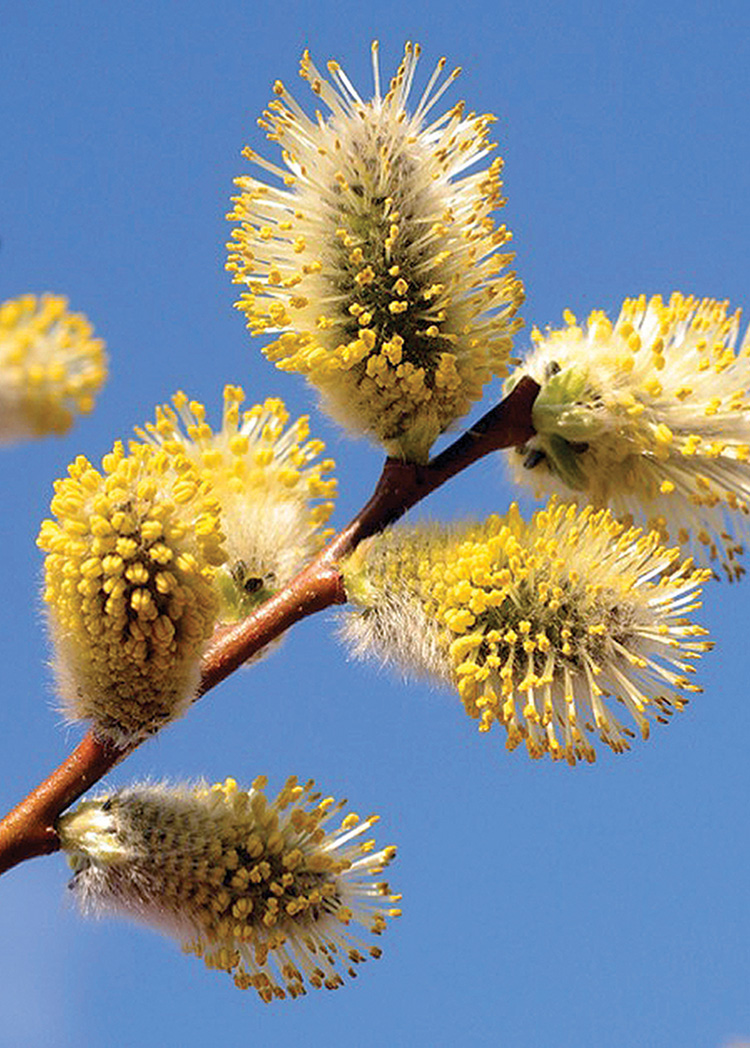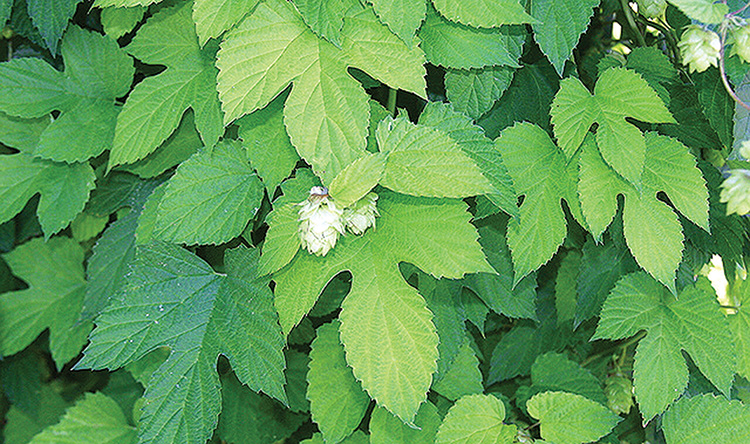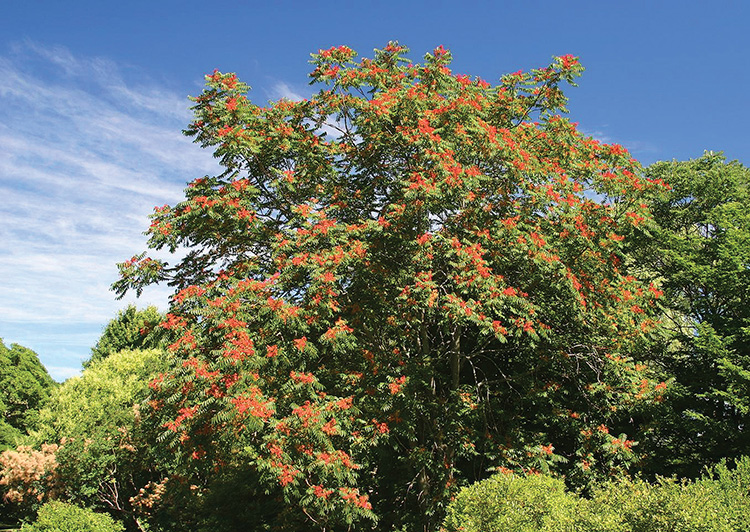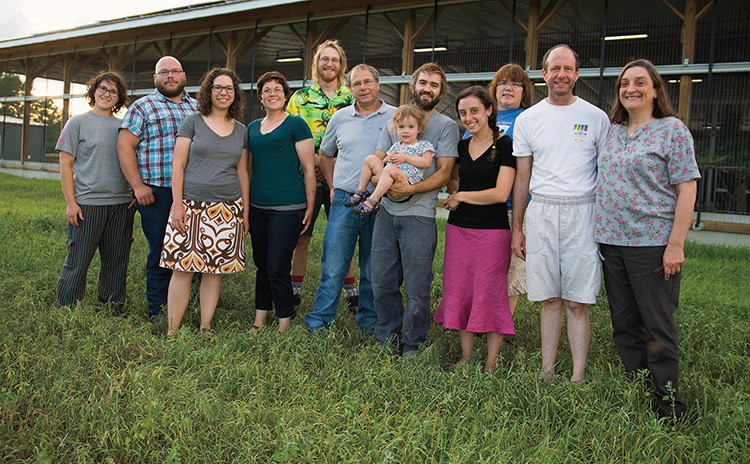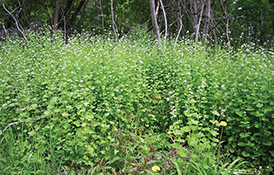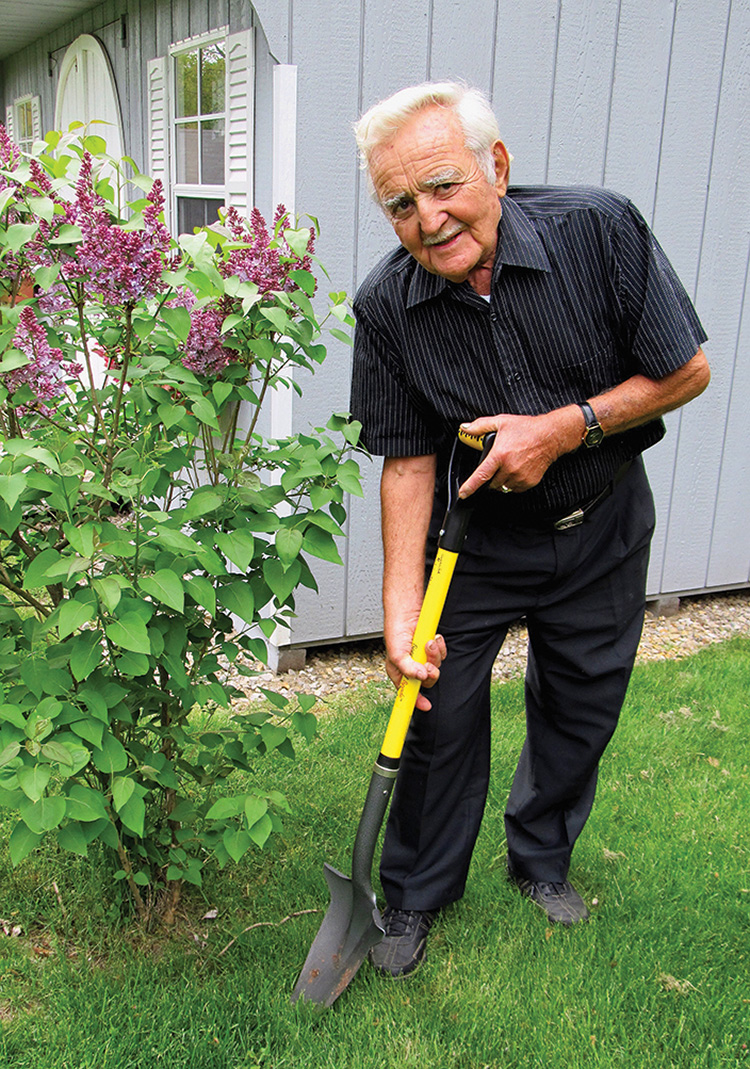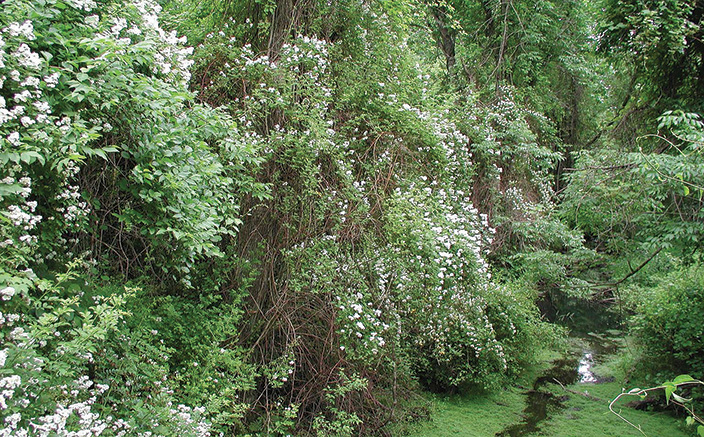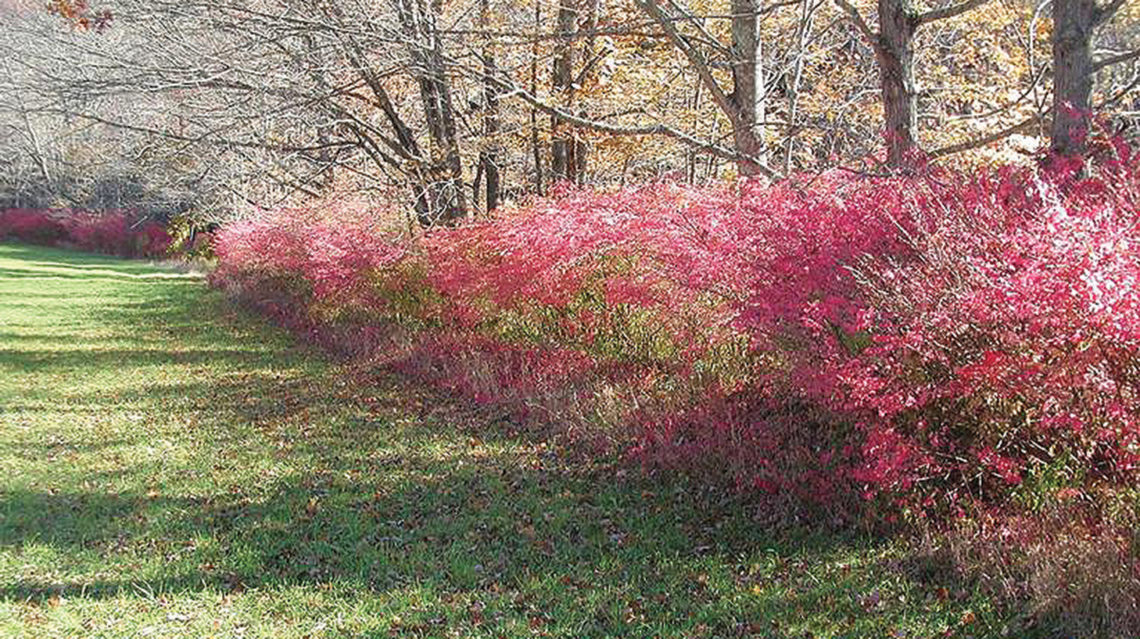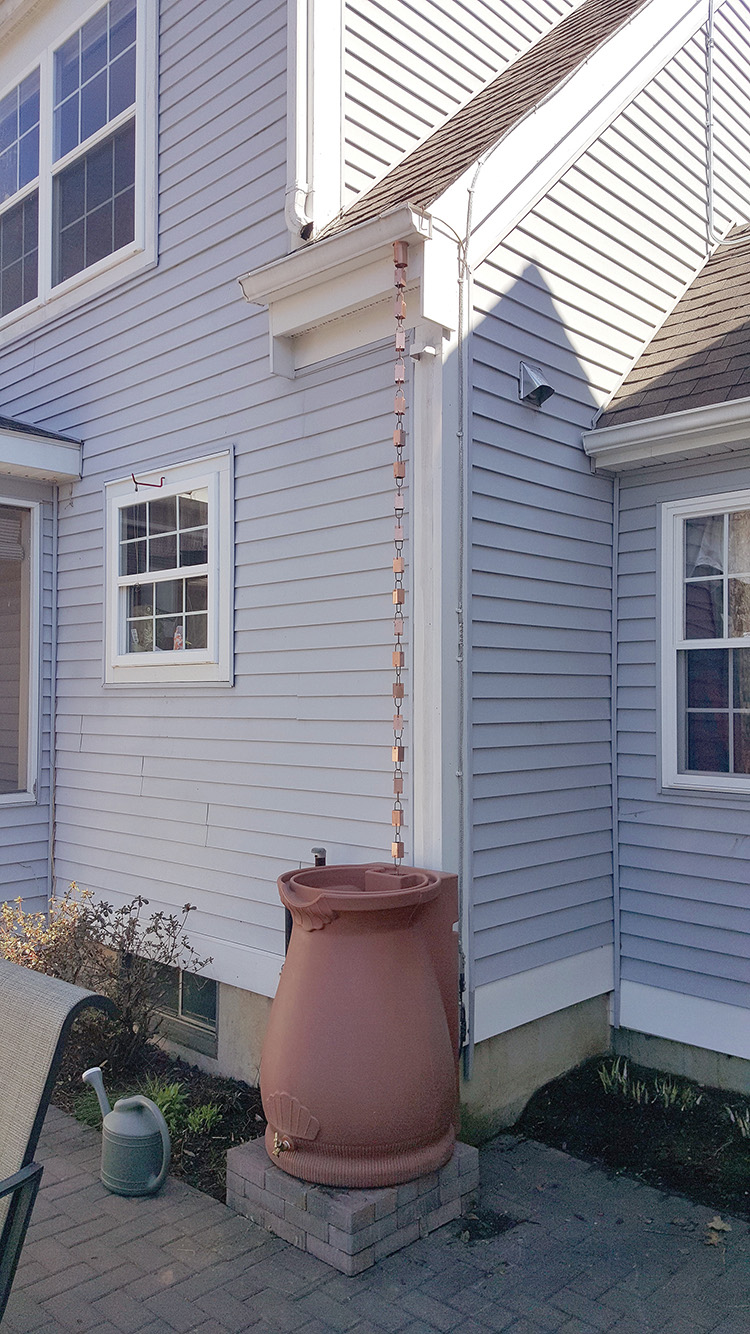By Dr. Julia Kuzovkina SEPT-OCT 2017 – Belonging to the family Salicaceae, the genus Salix comprises about 450 species. It is distributed worldwide but occurs mostly in the Northern Hemisphere. Willows occur in several forms: large and small trees, shrubs, and groundcovers that are only a few centimeters tall. Their habits vary from upright, to pendulous, to spreading. Willows are tolerant of a wide range of climates. Predominantly occurring in temperate and arctic zones, they’re also found in the subtropics and tropics. Willows are the only woody species in some alpine zones known as zones of dwarf willows. They also play an important role in the vegetative cover of tundra…
-
-
In Search of Native Hops
SEPT-OCT 2017 – Prior to prohibition, common hops, Humulus lupulus, were grown in Connecticut by folks brewing their own beer. Some of these may have survived in the wild, but may be confused with the invasive Japanese hop, Humulus japonicus. If common hops were found growing locally, they could possibly be more resistant to diseases (e.g., downy mildew) than cultivated varieties. Target breeding this disease resistance into a domesticated variety could reduce pesticide use for locally grown hops. The species are easy to distinguish as common hop leaves are three-lobed or non-lobed while Japanese hops have 5-7 (sometimes 9) lobes. If you find any common hops, please provide Dr. Jim…
-
Ailanthus altissima – Not So Heavenly
SEPT-OCT 2017 – Tree of Heaven (Ailanthus altissima) is a consummate survivor that tolerates a wide range of climatic and soil conditions. A single tree can produce thousands of wind-born seeds, or samaras, that are released gradually over time. The tree can also reproduce asexually (vegetatively) via root sprouts. This is particularly helpful in low-light conditions where seedlings might not do so well. It may be the fastest growing tree in North America. Sprouts and suckers can grow 14 feet or more in the first season. Seedlings can grow 6 feet in their first year. Younger trees grow faster than old ones, allowing it to take quick advantage of disturbances…
-
Cow Pots – The Pots You Plant
By Will Rowlands JULY-AUG 2017 – There are ideas and then there are ideas. Pet rocks, shoe umbrellas, Tamagotchi, etc., are interesting, if somewhat silly, examples. The Freund family, dairy farmers in East Canaan, came up with one that’s not only functional but benefits the environment in several ways. About 20 years ago, they were looking for a better way to manage the manure generated by their herd of some 250 cows and Matt Freund had an idea. Why not make pots from cow manure? Matthew and Ben Freund, second-generation dairy farmers, were there and took up the challenge. Actually, according to The New York Times, the genesis of the…
-
Invasive Garlic Mustard
JULY-AUG 2017 – Garlic mustard was first reported in the U.S. on Long Island in 1868. It was probably brought here for culinary and medicinal purposes. Its native range includes Europe and parts of Asia and Africa. One of the reasons it’s been so successful here is that its natural enemies are non-existent. Garlic mustard (Alliaria petiolata) is considered invasive in Connecticut. It’s a cool-season biennial herb that starts growing before native plants break dormancy and dies back to brown stalks by mid-summer. It flowers from April to June. It reproduces via shiny black seeds that are held in slender green seed pods (siliques). It will self-fertilize if no pollinators…
-
Spear Head Spade – Made in Connecticut
By Will Rowlands MAY-JUNE 2017 – The Spear Head Spade® was designed by Daniel Mathieu when he was 85. With two artificial knees and two artifical hips, he was finding it increasingly difficult to dig and cultivate his garden. Fortunately, Mathieu is an inventor and designed a garden shovel that does a better job of penetrating tough New England soils. He began with a regular shovel and, by gradually removing bits and pieces of the shovel head, engineered a shovel that uses angles and edges to cut through obstacles and penetrate difficult soils with less effort. As it turned out, many of his friends immediately appreciated the benefits of the…
-
Invasive Multiflora Rose
MAY-JUNE 2017 – Multiflora Rose (Rosa Multiflora) is a deciduous shrub that flowers from May to June and fruits in September and October. It can reach 15 feet in height and 10 feet in width. It forms dense thickets and can also climb like a vine. Unfortunately, clearing it out be a thorny proposition. It spreads by seed, suckering and branch tip layering. Wildlife help disperse the seed when they eat the hips, which it produces in great numbers. A large plant can produce 500,000 to a million seeds than can survive in the soil for up to 20 years. Wow. It often grows along streams and roads; and in…
-
The ‘Lord of the Roots’ Trilogy
By Will Rowlands MARCH-APRIL 2017 – Fungi can be found almost everywhere and have been around for millions of years but most people’s experience with them is probably limited to buying mushrooms at the store or, if they’ve got healthy soil, having them pop up unexpectedly in their lawn. Many of us even have a jaundiced view of fungi because we associate them with pathogens, mildew and decay. The reality is that fungi are an extremely diverse group of organisms that we’re just beginning to understand. Like many things they can be good or bad. In his latest book, Teaming with Fungi, Jeff Lowenfels clues us in on all of…
-
Invasive Burning Bush
MARCH-APRIL 2017 – Burning Bush or Winged Euonymus (Euonymus alatus) is yet another good-looking deciduous shrub that can be invasive if given the chance. When you look out into the forests of Connecticut in the fall and see an understory of red-leaved shrubs, they’re probably either burning bush or Japanese barberry (Berberis thunbergii). Like Japanese barberry, burning bush is on the state’s invasive plant list but is not banned, presumably because there are some cultivars that are less aggressive. Both plants are popular and, since they’re not banned, you’ve probably seen them installed in urban landscapes, most often in hedges and mass plantings. Native to eastern Asia, burning bush has…
-
Water Management Around the Home
By Michael Dietz, Ph.D. SEPT-OCT 2016 – As a result of the Clean Water Act passed in the early 1970s, the quality of the surface waters in our state has improved greatly. However, there is still room for improvement, and the culprit is stormwater runoff from impervious surfaces such as roads, parking lots, and buildings. Fortunately there are things that we can all do to help. This article summarizes some steps that you can take to reduce the impact of stormwater runoff from your property. The main goal of these practices is to prevent stormwater runoff generated on your property from leaving your site. The main sources of runoff on…
